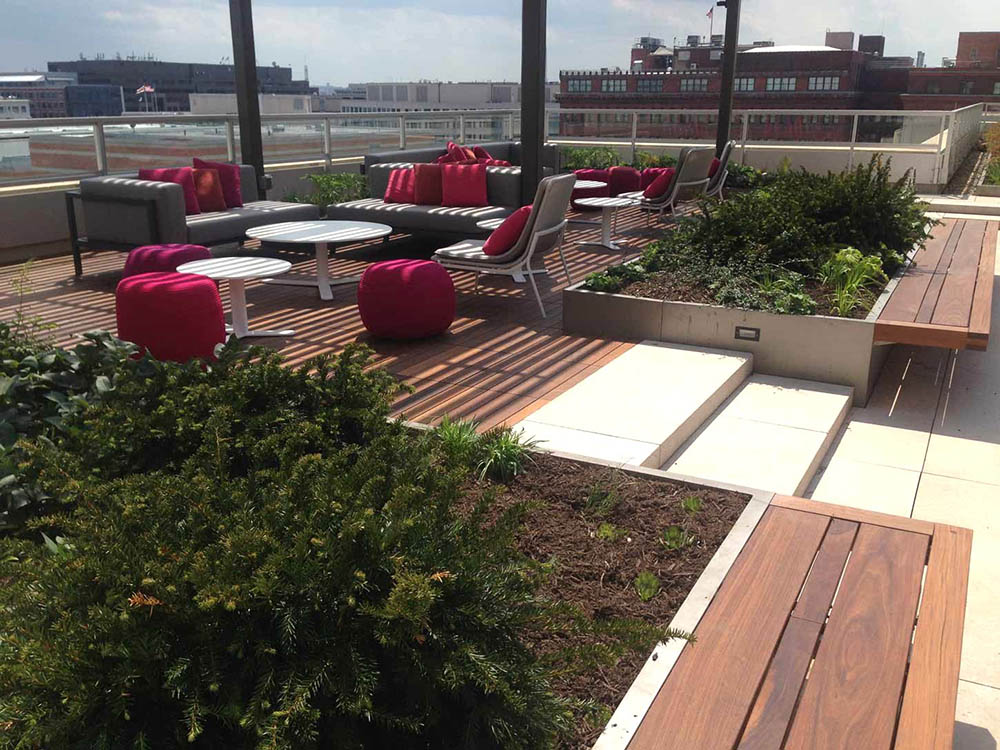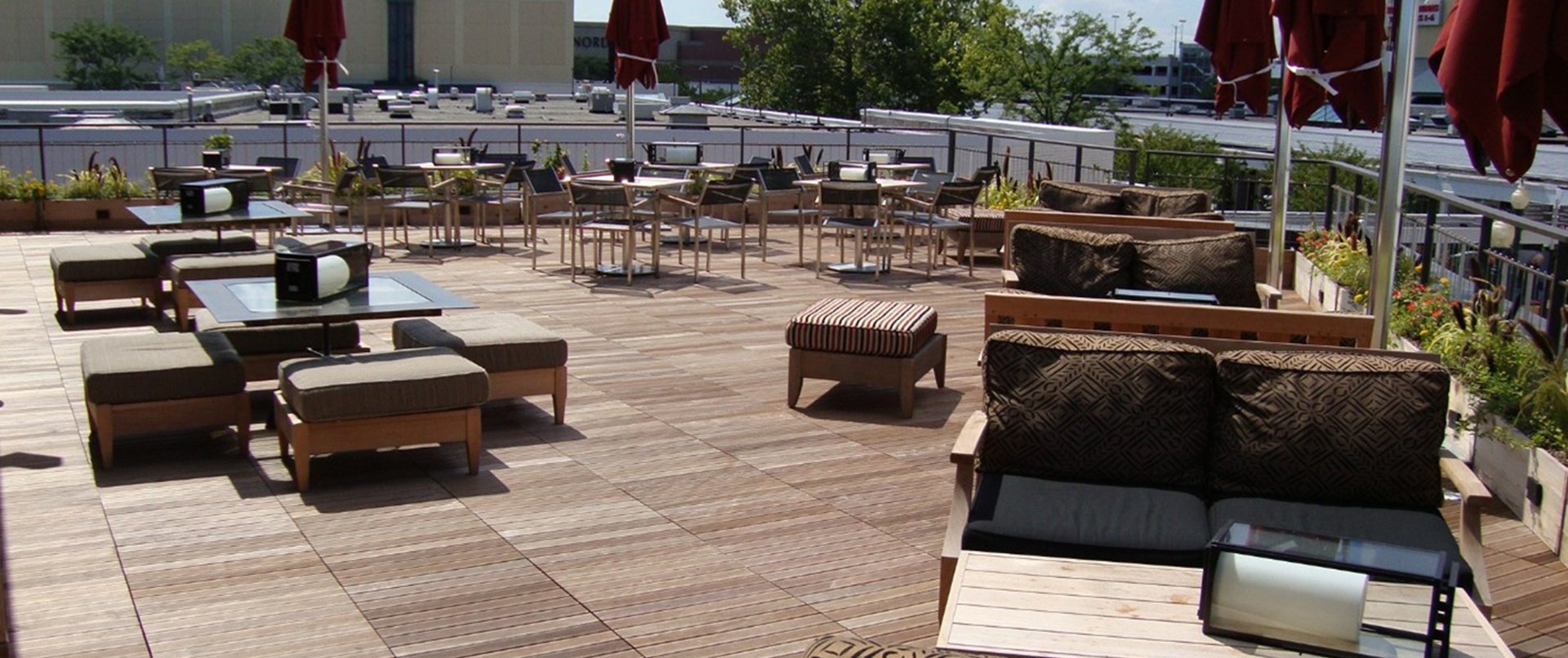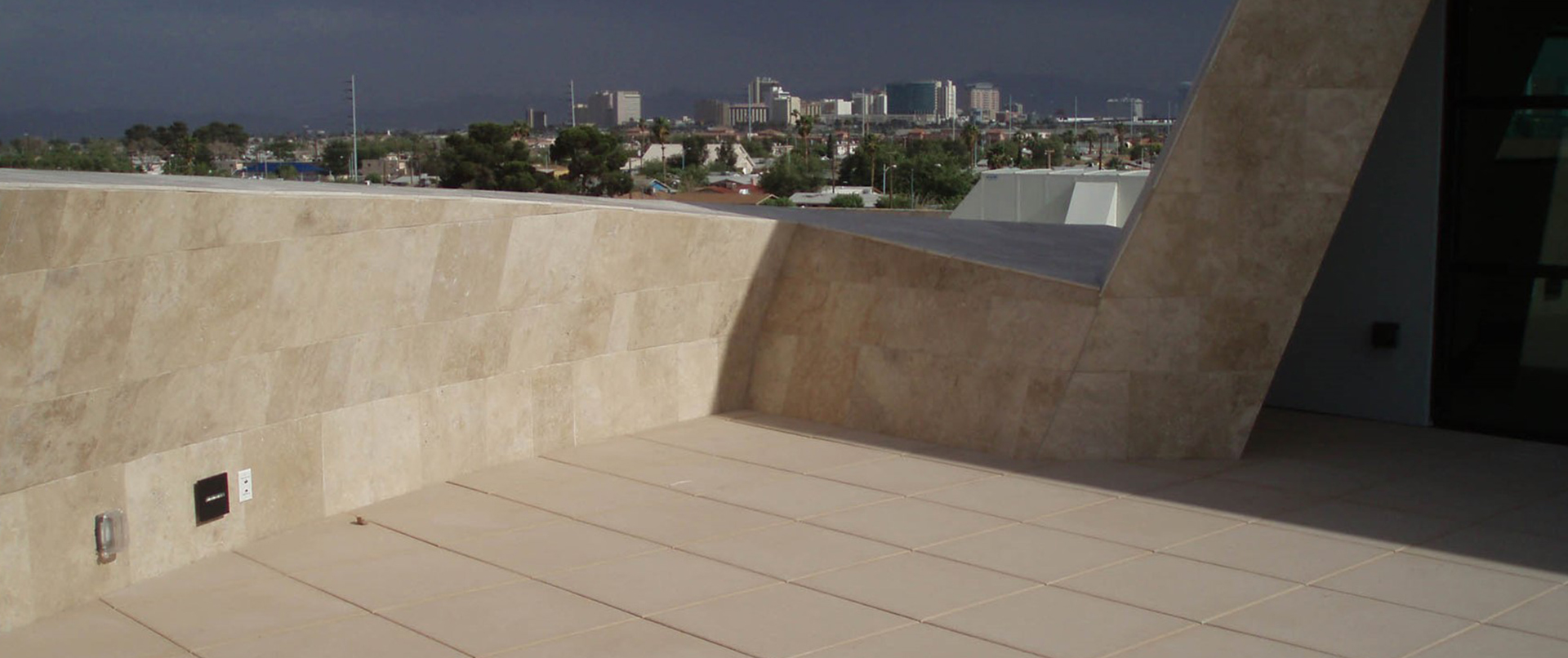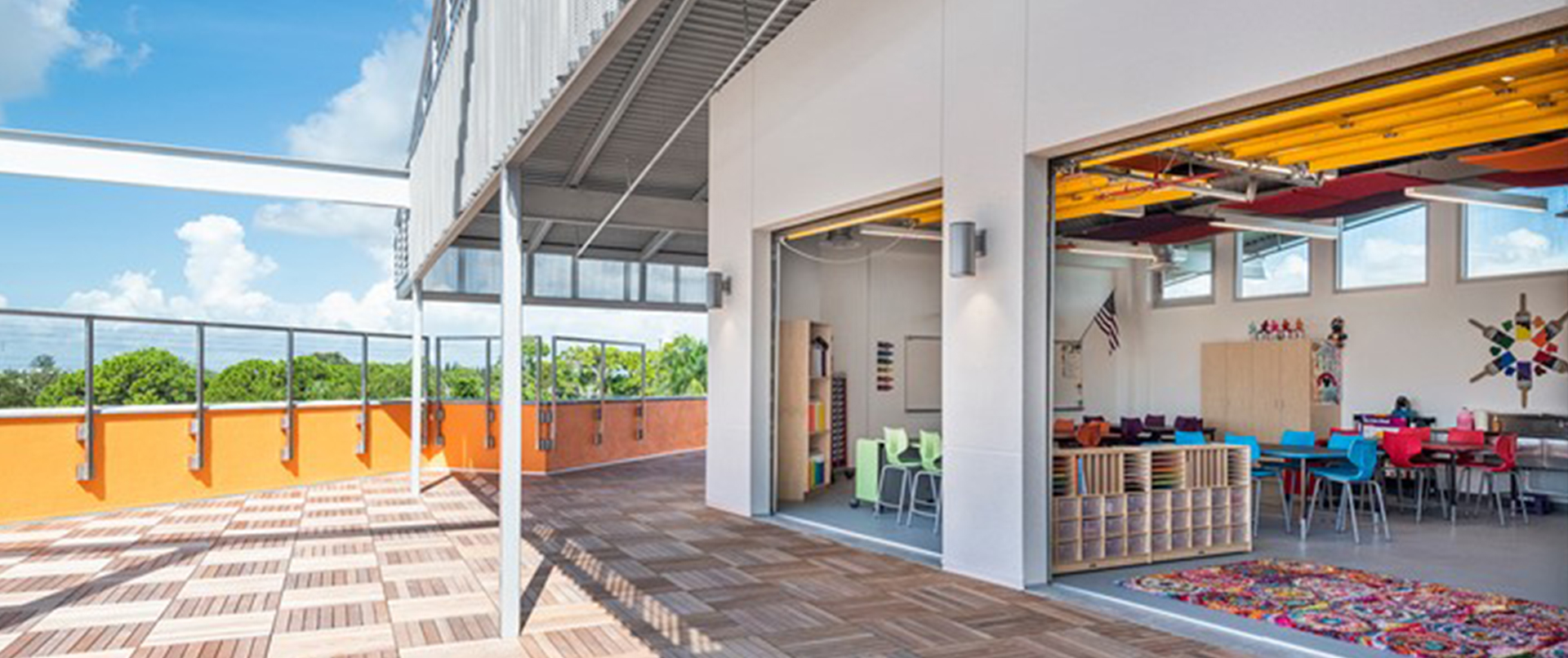Hospitals are often sterile and clinical environments, a stark contrast to the natural world known to promote healing and well-being. Biophilic design, the practice of incorporating nature into built environments, offers a promising solution to this disconnect. By integrating elements of biophilic design in hospitals, healthcare professionals can create spaces that are not only functional but also calming and restorative for patients, staff, and visitors.
The Power of Biophilic Design in Healthcare
Modern healthcare emphasizes holistic well-being, recognizing the influence of the environment on patient recovery and staff morale. Studies from the NIH have shown that exposure to nature can significantly reduce stress and anxiety levels in patients. Biophilic design can create this connection to nature on hospital property, leading to better patient outcomes.
Beyond stress reduction, nature has a profound impact on overall well-being. Access to nature has been linked to improved mental and physical health, including faster healing times and reduced blood pressure. Incorporating biophilic design into hospitals can enhance the patient experience, fostering feelings of comfort and promoting a sense of control within a potentially stressful environment.
Biophilic design also benefits healthcare staff. By reducing stress and promoting feelings of calm, biophilic elements can improve job satisfaction and decrease burnout among healthcare workers. A more positive work environment for staff translates to better patient care.
Incorporating Biophilic Design into Healthcare Settings
Biophilic design can be implemented in a variety of ways within hospitals. Here are some key elements:
Natural Light:
Natural light regulates our circadian rhythm, impacting sleep and mood. Maximizing natural light exposure in patient rooms and common areas can improve sleep quality, reduce reliance on artificial lighting, and enhance overall well-being.
Strategies for maximizing natural light include incorporating large windows, skylights, and light shelves that reflect sunlight deeper into the building.
Plants and Greenery:
Indoor plants not only add a touch of nature but also improve air quality by filtering pollutants. Studies have shown that exposure to plants can reduce stress and anxiety, promoting feelings of calm and well-being.
When selecting plants for healthcare environments, choose low-maintenance varieties with minimal allergens, such as snake plants, peace lilies, or spider plants.
Water Features:
The calming sound of flowing water creates a peaceful atmosphere, reducing stress and promoting relaxation. Water features like fountains or aquariums can be a welcome addition to hospital waiting areas and common spaces.
Water therapy, utilizing pools, whirlpools, or therapeutic baths, has proven benefits for pain management and rehabilitation. Integrating water therapy facilities into hospital design can enhance patient care and recovery.
Natural Materials:
Natural materials like wood, stone, and bamboo bring warmth and texture to clinical spaces, creating a more comfortable and inviting environment. These materials can connect patients and staff with the natural world, fostering a sense of calm and well-being.
Bison's Role in Biophilic Hospital Design
Bison Innovative Products is committed to providing sustainable solutions for creating healing environments. Our products are designed with eco-friendly practices in mind, featuring recycled and renewable materials.
One of Bison's key contributions to biophilic design in hospitals is our innovative line of pedestal systems. Pedestals elevate flooring off the subfloor, creating a space that can be utilized for several purposes related to biophilic design:
- Green Roofs: Bison pedestals can support the weight and drainage requirements of a green roof on a hospital building. Green roofs provide a connection to nature, improve air quality, and offer a calming visual element for patients and staff.
- Outdoor Areas: Our pedestal decking system can also be used on-grade to build patios and even outdoor dining areas for healthcare systems. Wood tiles add a natural touch that looks good and feels comfortable underfoot.
Children’s Hospital of Orange County Success Story

The Children's Hospital of Orange County's $560 million expansion features a state-of-the-art facility with a focus on patient comfort and well-being. Bison's wood tiles and pedestal systems contribute to the hospital's outdoor spaces, including a rooftop play area and a serene public garden. These areas offer a tranquil retreat for patients, families, and staff, promoting healing and relaxation.
Bison Innovative Products Makes Biophilic Design in Hospitals Simple
Bison Innovative Products offers a wide range of sustainable solutions that simplify the integration of biophilic design into hospitals. We encourage healthcare professionals to consider biophilic design principles when planning or renovating healthcare facilities. By incorporating elements of nature into the built environment, together we can create spaces that support a more positive overall healthcare experience.
Contact Bison Innovative Products today to learn more about our sustainable solutions and how we can help you create healing environments.
Want to Keep Reading About Biophilic Design?
Important Notice: Bison Innovative Products recommends that all rooftop deck systems should be installed by a licensed contractor with at least 2 years of proven experience. Plans/designs for a rooftop deck should be reviewed by a safety/structural engineer before commencing construction. The roof must be able to safely carry the static and live load weights of the rooftop deck, and any amenities added along with the appropriate density of any insulation to resist crushing and damaging the waterproof membrane. Adding items such as hardscaping features, hot tubs, or pools to a rooftop deck requires additional guidance and oversight from an engineer. Property owners should research and abide by any building codes and other regulations to obtain the required permits prior to having a rooftop deck installed. Please read all product specifications posted on Bisonip.com to review all information prior to any installation.
.png?width=100&height=100&name=BisonIP-logo-PMS425-2023%20(1).png)



